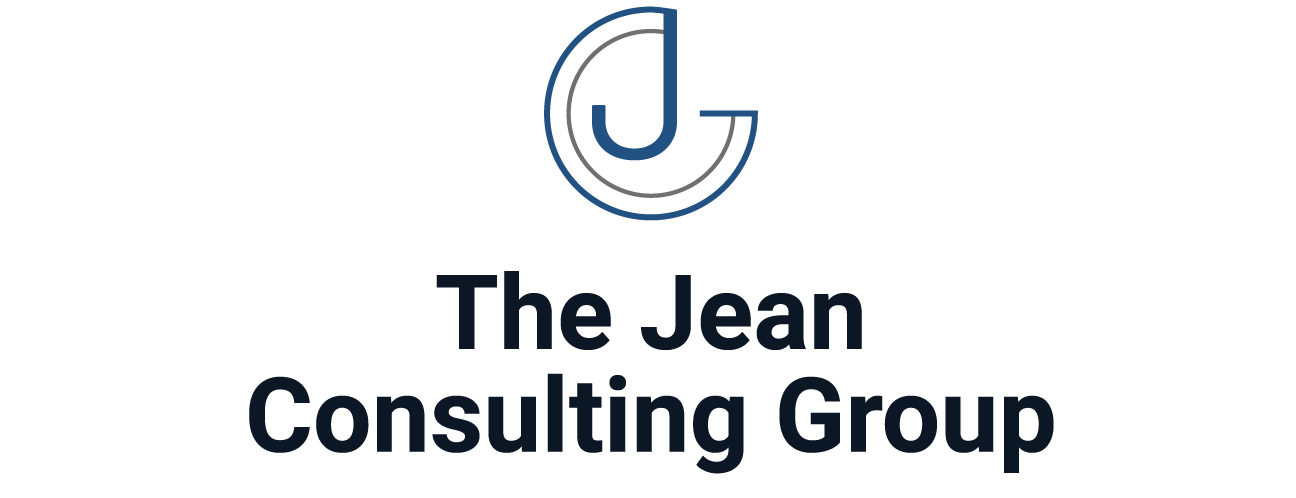In the evolving landscape of the modern workplace, the strategic integration of supervisory and leadership development with workforce planning and talent development is becoming increasingly crucial for organizational success. This fusion not only prepares leaders to navigate the complexities of today’s business environment but also ensures that the organization is well-positioned to meet future challenges through effective talent management. This article examines how supervisory and leadership development can be aligned with workforce planning and talent development strategies to create a resilient, agile, and skilled workforce capable of driving sustained growth and innovation.
Empowering Leaders for Strategic Workforce Planning
Workforce planning is a critical component of organizational strategy, involving the assessment of current workforce capabilities and the anticipation of future needs. Effective leadership is key to this process, requiring a blend of strategic vision, analytical skills, and the ability to execute plans that align talent management with business objectives.
- Analytical and Forecasting Skills: Supervisory and leadership development programs should emphasize the development of analytical skills, enabling leaders to assess workforce trends, identify skill gaps, and forecast future talent needs. This foresight is essential for proactive workforce planning and avoiding talent shortages that could impede organizational goals.
- Strategic Talent Management: Leaders must be adept at strategic talent management, which includes understanding how to leverage the strengths of the current workforce while identifying areas for growth and development. Training programs should cover succession planning, talent acquisition strategies, and the creation of development programs that align with long-term organizational objectives.
- Change Management: As organizations evolve, leaders must navigate through changes that affect the workforce. Development programs should equip leaders with change management skills, ensuring they can lead teams through transitions smoothly, maintain morale, and keep the workforce aligned with new directions or strategies.
Enhancing Talent Development through Leadership
Talent development is integral to sustaining organizational competitiveness and innovation. Supervisory and leadership development plays a crucial role in fostering an environment where talent can flourish, through mentorship, coaching, and creating opportunities for growth.
- Creating a Culture of Continuous Learning: Leaders should foster a culture that values continuous learning and development. This involves not only providing access to training and development resources but also encouraging experimentation, knowledge sharing, and feedback. Leadership development programs should teach leaders how to create and nurture such an environment.
- Personalized Development Plans: Effective leaders understand their team members’ unique strengths, aspirations, and development needs. Training should focus on teaching leaders how to craft personalized development plans that support individual career goals while aligning with organizational needs, thereby enhancing employee engagement and retention.
- Mentorship and Coaching: Leaders play a vital role as mentors and coaches. Development programs should emphasize the importance of these roles in talent development, providing leaders with the skills to guide, inspire, and support their team members in achieving their full potential.
Strategies for Integrating Leadership and Talent Development
Successfully integrating supervisory and leadership development with workforce planning and talent development requires a strategic approach, tailored to the unique needs and goals of the organization.
- Alignment with Organizational Objectives: Ensure that leadership development programs are closely aligned with the organization’s strategic objectives, workforce planning goals, and talent development initiatives. This alignment ensures that leaders are prepared to support and drive these strategies effectively.
- Cross-Functional Collaboration: Encourage cross-functional collaboration in the development and implementation of leadership and talent development programs. This fosters a holistic approach, where leaders across the organization understand and contribute to talent strategies.
- Feedback and Continuous Improvement: Establish mechanisms for regular feedback from leaders and employees on the effectiveness of development programs and initiatives. Use this feedback for continuous improvement, ensuring that programs remain relevant, effective, and aligned with evolving organizational needs.
Conclusion
The strategic integration of supervisory and leadership development with workforce planning and talent development is essential for building a robust, agile, and skilled workforce. By equipping leaders with the necessary skills and knowledge to navigate workforce challenges, foster talent development, and align human resources strategies with organizational objectives, companies can enhance their competitiveness, foster innovation, and ensure long-term success in the ever-changing business environment.




